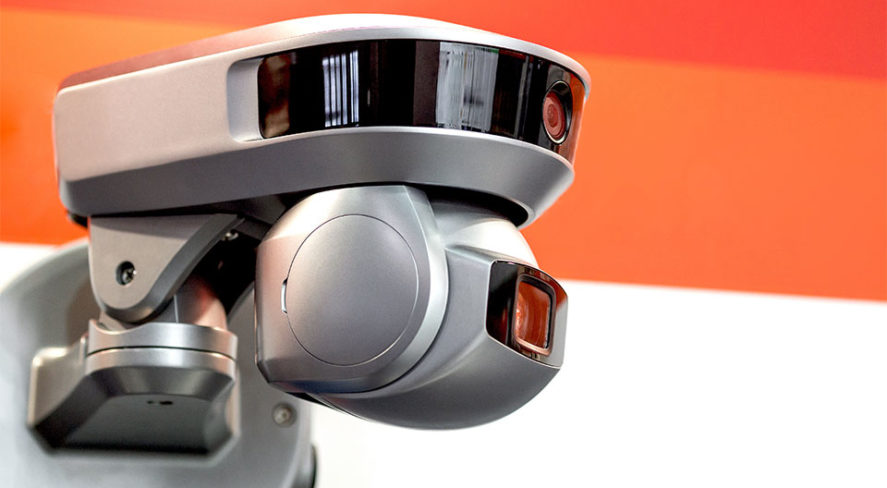Artificial Intelligence in Video Surveillance: Advantages Over Previous Technologies

The speed of development of artificial intelligence (AI) has aided its adoption in several industries, and the physical security market is increasingly looking to adopt AI applications, particularly in the case of deep learning algorithms in the video surveillance market.
AI in Physical Security, a white paper produced for SIA in partnership with IHS Markit, shares an introduction to AI and physical security market. One key concept in the report is AI in video surveillance and, particularly, the advantages it offers over the technology that has preceded it.
Advancements in the use of AI-based technologies in video surveillance has accelerated in recent years. This is despite the industry being relatively slow to adopt new technology: the consumer TV market is already looking to 8K resolution and has a third of all shipments at 4K resolution or above, while 4K security cameras (and above) accounted for only two percent of all network camera shipments globally in 2017. As the number of cameras installed increases each year, so too has the number of video images that are generated. In order to use this video efficiently, the market has looked to deep learning, the same technology that is enabling autonomous cars and helping doctors use computer assisted diagnosis for scans. In the last couple of years, there has been a marked increase in research and development in deep learning neural networks, proving their capabilities, generating considerable excitement and putting them within reach of a much wider user group. For years, the reliability of video analytics has been extremely variable, with vendors struggling to develop algorithms that could function in complex scenes. And while the capabilities of rules-based video analytics have steadily grown, they are not quite able to provide the insight and accuracy that is needed. Deep learning neural networks are able to offer a level of accuracy and reliability in object and behavior detection and classification significantly greater than traditional rules based analytics. Broadly speaking, there are two main areas in which deep learning analytics offer benefits over the technology that has preceded it.
Accuracy
A long-held complaint levied against traditional rules-based analytics products was that their algorithms were unable to distinguish between objects and behaviors that a human being would have no problem classifying. This is due to traditional algorithms being based on geometric rules. This weakness in human-designed computer vision algorithms results either in missed security breaches or false alarms. The ability of deep learning algorithms to view a scene intuitively, as a human viewer would, means that detection accuracy increases dramatically. Neural networks allow a computer to apply a series of assessments to a given situation learning to identify increasingly more sophisticated features (edges, colors, shapes and tones), unlike rules-based solutions which are limited to the initial programming. Also, as compute power continues to increase, neural networks will leverage this to process more data and improve accuracy, which is an important development for the video analytics industry.
Power
Deep learning has demonstrated its capacity to increase the effectiveness of a computer to reliably classify objects and behavior; it is also improving the processing and analysis of increasing volumes of video footage. A combination of more powerful GPUs and the ability for analytics to automatically detect, recognize and classify objects has made video searchable. Companies are now marketing analytics that can leverage deep learning to turn vast amounts of video footage into usable information in a fraction of the time it would have taken in the past. Video processing software also allows users to interact with the surveillance footage using a Google-like interface with natural language search terms such as “FedEx van” or “delivery man on driveway.” This makes the video search easier to use and drastically reduces the time it takes to find relevant footage in an archive that might store video from thousands of cameras. In addition to this, the ability to detect multiple objects and classify them allows for much greater insight to be gained from the video. This extends the ability to recognizing a cars color, type, make, model, and analyzing which direction and speed it is moving at, making it possible to draw patterns, insights and conclusions based on the data.
AI in Physical Security discusses examples of real deployments and potential opportunities to highlight how the industry will evolve as AI becomes a more prominent technology. Access the full paper.
